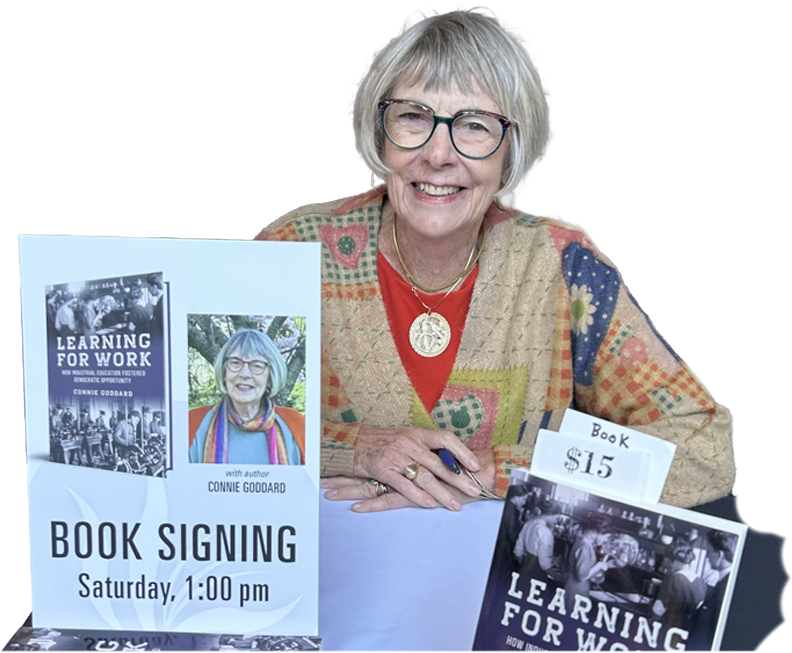Founded in 1883, the Chicago Manual Training School (CMTS) was a short-lived but influential institution dedicated to teaching a balanced combination of practical and academic skills. Learning to Work uses CMTS as an entry into America’s early era of industrial education and the transformative idea of “learning to do.”
Rooting its account in the ideas of John Dewey, the book moves from early nineteenth century supporters of the union of learning and labor to the interconnected histories of CMTS, New Jersey’s Manual Training and Industrial School for Colored Youth, North Dakota’s Normal and Industrial School, and related programs elsewhere.
The book analyses the work of movement figures like abolitionist Theodore Weld, educators Calvin Woodward and Booker T. Washington, social critic W.E.B. Du Bois, Dewey himself, and his influential Chicago colleague Ella Flagg Young. It contrasts ideas about manual training held by advocate Nicholas Murray Butler with those of opponent William Torrey Harris and considers overlooked connections between industrial education and the Arts and Crafts Movement.
“Learning for Work is a vibrant history of industrial education in the Progressive Era, a history shaped as much by now-unknown students and teachers as by more famous reformers and intellectuals. In recovering the story of the Chicago Manual Training School and its offshoots, Goddard also brings into focus debates over the relationships between education, work, opportunity, and social mobility in a nation structured, then as now, by hierarchies of race and class.”
-Roseanne Currarino, author of The Labor Question in America: Economic Democracy in the Gilded Age.
